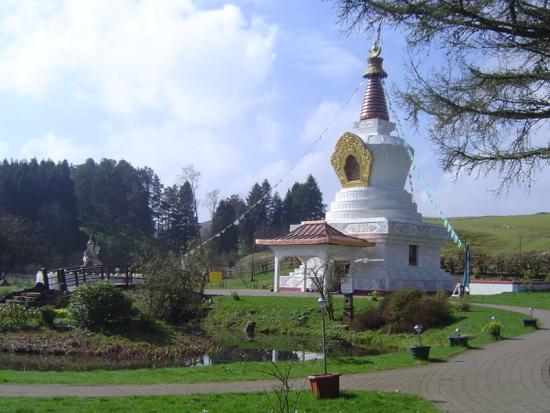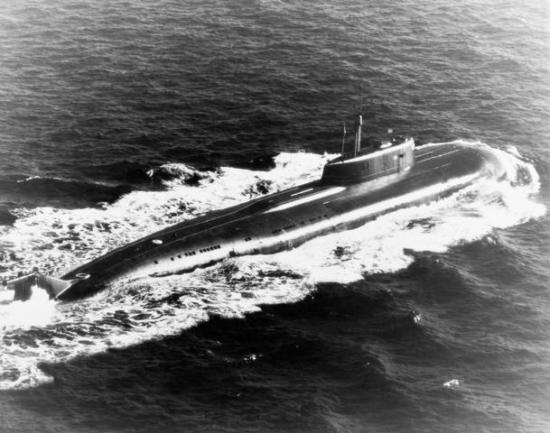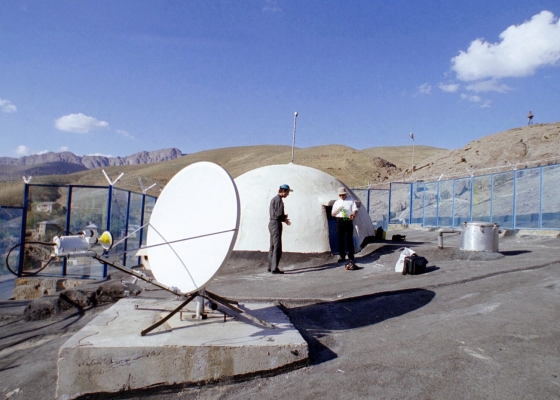AS104, Eskdalemuir, Scotland
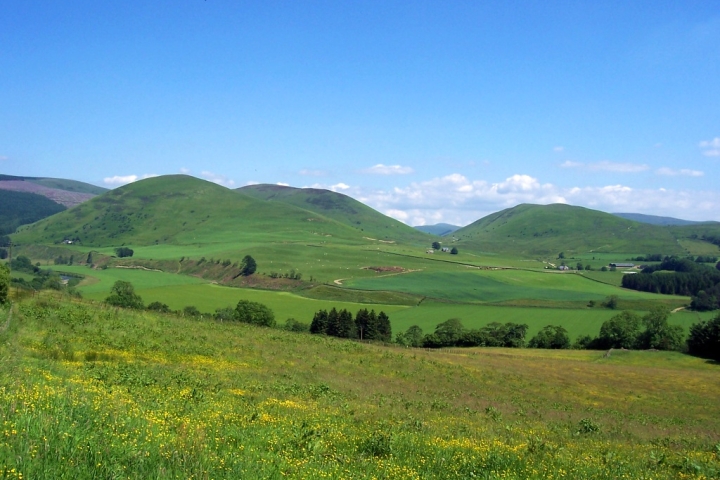
Eskdalemuir, Scotland
Thumbnail profile: Eskdalemuir
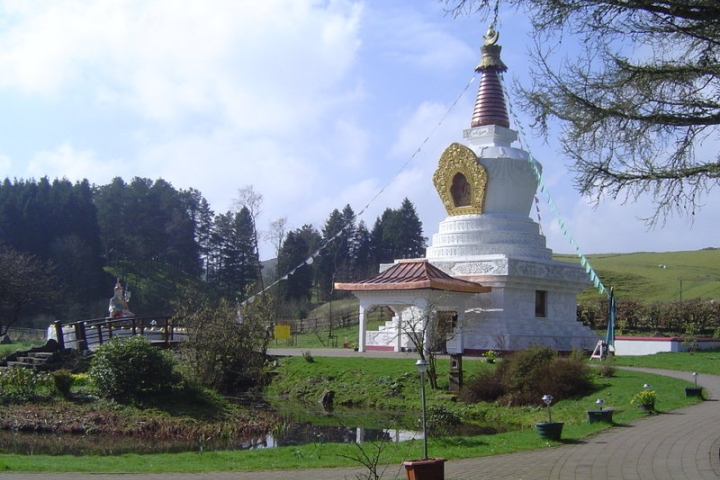
The main Stupa at the Samye Ling Tibetan Buddhist Monastery.
History
A view of AS104 from the north.
Mandate of Auxiliary Seismic Stations
Looking into one of the seismic sensors at AS104.
Station Profile
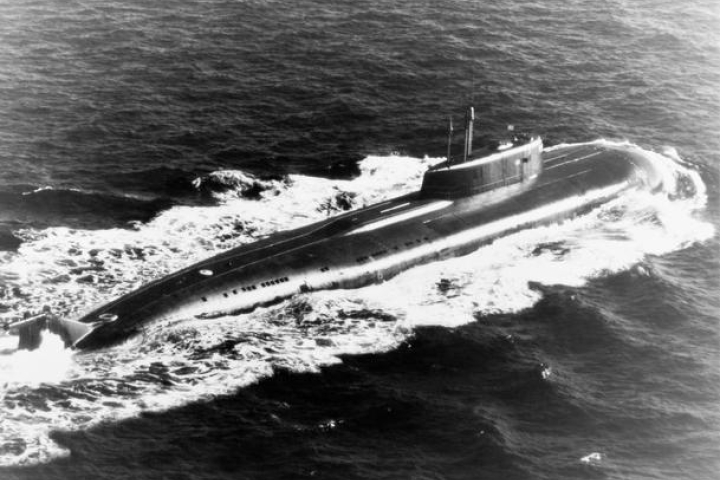
An Oscar II class submarine, the same type that sank in the Barents Sea on 12 August 2000.


